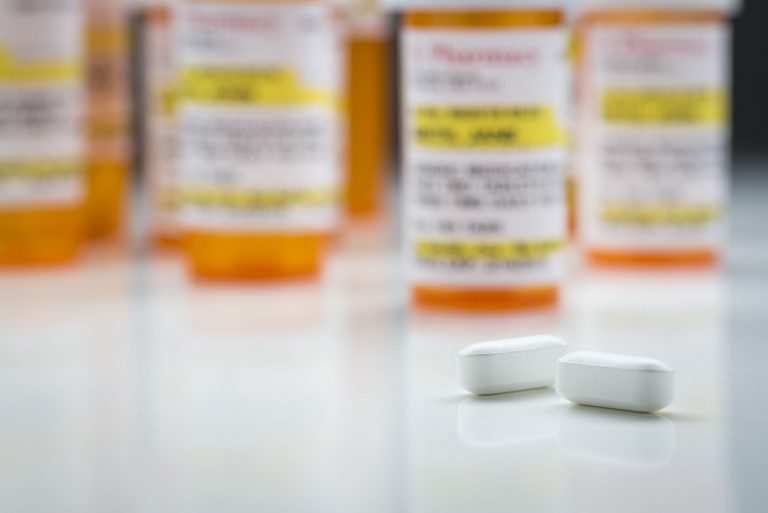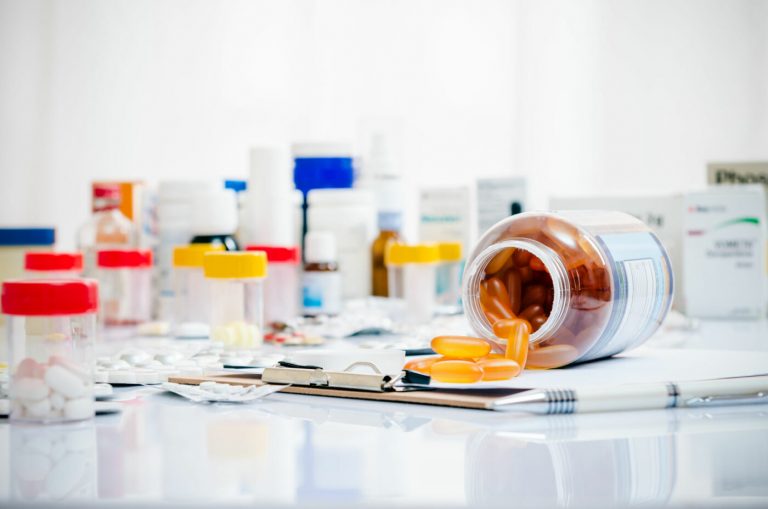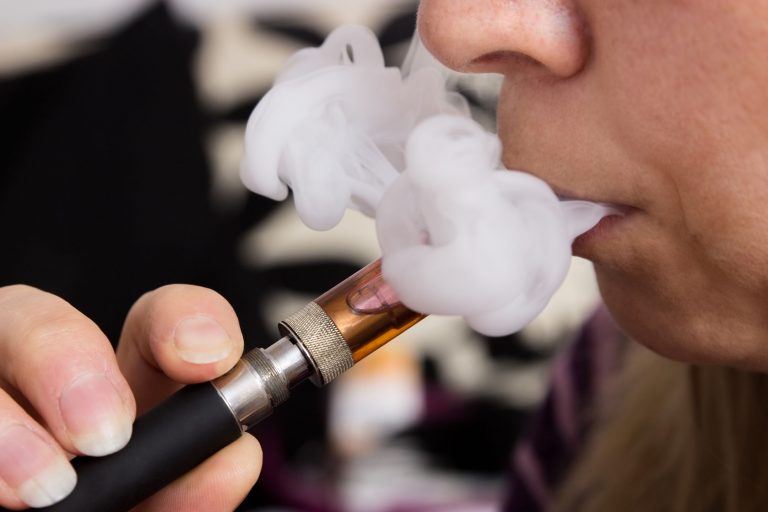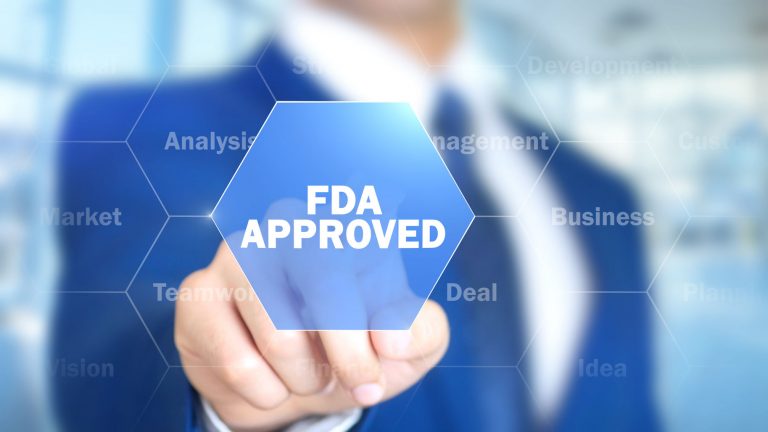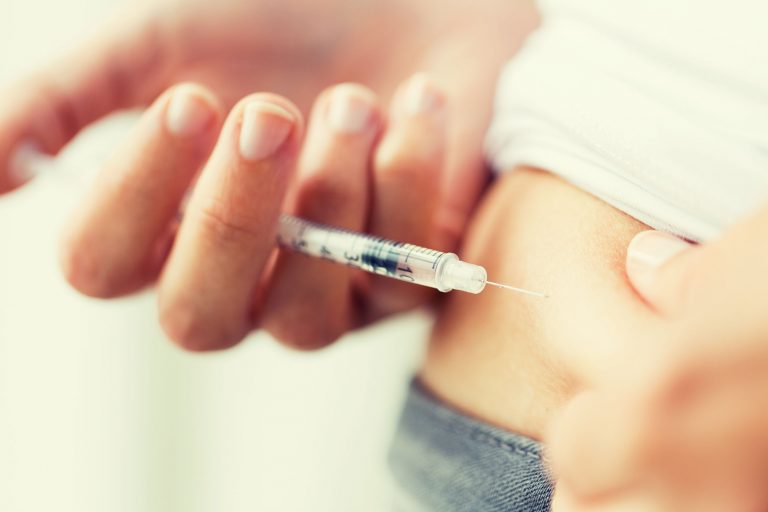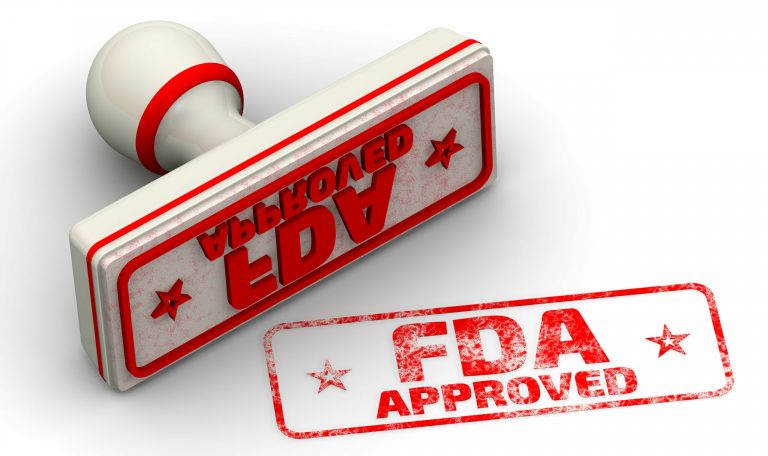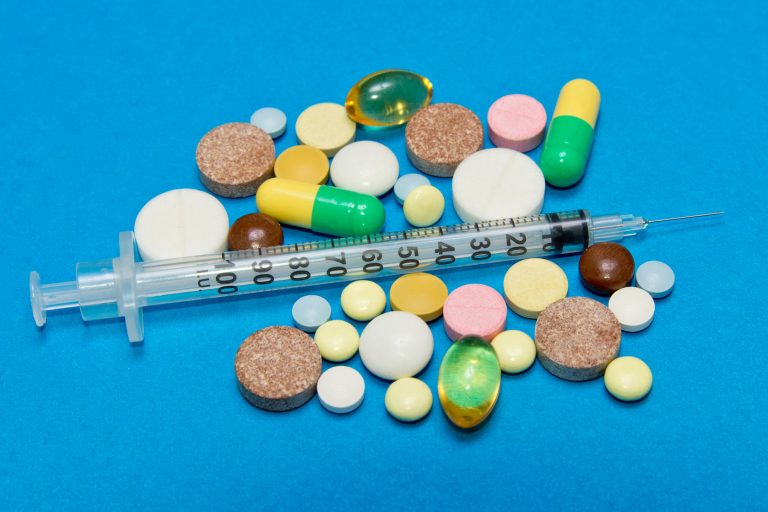In 2015, Turning Pharmaceuticals CEO Martin Shkreli increased the price of the drug Daraprim nearly 5,000 percent from $13.50 to $750 per pill. The price hike generated widespread outrage, earning Shkreli the moniker “Pharma Boy” and the designation, “pharmaceutical greed villain.” Daraprim became “the poster child for the issue of high drug prices.”
There’s a Wrong Way to React to a Drug Shortage—and a Right Way
Thursday evening, the Food and Drug Administration announced the first shortage of a drug related to the global disruption caused by the coronavirus.
The global supply chain has been impacted by the coronavirus, and medical products are no exception. The FDA has been closely monitoring the disruptions to the global pharmaceutical supply chain for the past month, as parts of China which produce ingredients used in many drugs are closed off from travel. While there are alternatives to the drug in question (which has not been named by the FDA), experts expect it will not be the last.
The coronavirus has been exposing the weaknesses in our healthcare system, but these weaknesses are not new. Rather, they have existed for years. It is critical for us to recognize that shortsighted responses designed to respond narrowly to a current crisis will be harmful in the long run.
During a House Appropriations Subcommittee meeting on Thursday, ranking member Jeff Fortenberry called for more drugs to be entirely manufactured in the United States, rather than relying on the international supply chain. But there are obvious problems with autarky and the government acting as a central planner, directing firms how to operate.
Shortages are nothing new for medication. Going back to 2001, drug shortages posed a serious difficulty for hospitals. Over that time, restrictions on the pharmaceutical industry increased by 40 percent, according to a study by the Progressive Policy Institute. According to a 2019 report by the FDA, 163 drugs had been in shortage from 2013 to 2017.
While temporary shortages can be caused by rapid changes in patient demand or sudden interruptions in the supply chain, chronic shortages stem from persistent barriers preventing the market from working effectively to coordinate buyers and sellers. In this case, it’s largely regulatory policy.
Pharmaceuticals are heavily regulated because of the inherent risk to the health and safety of patients. But pharmaceutical regulation, like the drugs themselves, comes with negative side effects.
There are a small number of firms able to produce drugs, which reduces the available supply and the ability to deal with a disruption. For one thing, the pharmaceutical industry has high fixed costs, which makes entry difficult for a potential new competitor. For another, FDA regulatory policy compounds this problem, making it costlier for these new firms to operate.
Regulatory policy benefits incumbents over new entrants to an industry. Successful, established firms are able to withstand the higher costs that accompany meeting specific requirements and continuing compliance.
Additionally, the FDA drug approval process is long and expensive. The FDA has been slow to adapt to technological advancement and the rapid improvements in medicine and technology. Current estimates of the cost of the production of a new drug range from $1.5 to $2.6 billion. Meanwhile, the chance that a drug being developed ever makes it onto the market is 12 percent. The FDA does not explicitly define safety, subjecting an uncertain endeavor to even more uncertainty, while costing millions of dollars for the application process alone.
Even if the drug is approved and on the market long enough for the patent to expire and generic drugs to compete, it is difficult to make a generic drug. Firms developing a generic must purchase access to the original name-brand drug and test the potential generic against it.
A few years ago Martin Shkreli made news for raising the price of Daraprim, which his company produced exclusively, from $13.60 to $750. No other firm had produced a generic version, despite it being out of patent, because of the regulatory costs associated with developing it. Even after he raised the price, it took some time for a competitor to produce, get approval, and bring the generic to market.
Furthermore, the FDA does not recognize drug approvals granted by foreign regulatory bodies. Drugs available in Europe must go through the entire approval process under the FDA, which prevents drugs developed and already approved in other nations from being used quickly to treat patients here.
These regulatory forces all combine to reduce the supply of drugs in normal times.
When starting out from such a weak position, we should not be surprised when sudden, unexpected disruptions cause shortages. Forcing drugs to be manufactured entirely in the US will not solve the persistent shortages of drugs. Reforming the FDA, making it easier and less costly to get drugs to the market in normal times would give the US a greater ability to withstand a shock like the coronavirus. Allowing more firms to produce drugs will reduce the impact of a region suddenly being unable to supply ingredients or drugs.
Let’s not react to the current crisis by further expanding bureaucratic control of the drug market, which will only put us in a worse position in future crises.
Who Should Regulate Tobacco Products? Less Is More!
Over the past year, the Food and Drug Administration undertook a “historic crackdown” of the e-cigarette industry. Recent bans on selected e-cigarette flavors are certainly a step in this direction. With promises for “aggressive action” by FDA Commissioner Stephen Hahn, more heavy-handed regulations are likely to follow.
The FDA certainly has increased its regulatory scope to combat public health concerns. However, a recent proposal from the White House aims to strongly curtail the agency’s evolving regulatory powers.
FDA Expands Ecstasy Access to Veterans with PTSD
In 2006, Johnathan Lubecky was deployed to Iraq. While fighting for his country, Johnathan faced constant enemy strikes, one of which resulted in a traumatic brain injury. Exposures to the horrors of war resulted in Johnathan developing post-traumatic stress disorder (PTSD).
Politicians Still Misunderstand High Insulin Prices
In 2015, the Centers for Disease Control ranked diabetes seventh among the leading causes of death in the United States. If current trends continue, skyrocketing death rates and other serious consequences of poorly managed diabetes will continue.
Managing diabetes is challenging, often requiring strict dieting, regular exercise, and taking a variety of medications. For an increasing number of diabetics, insulin injections taken multiple times a day are indispensable for managing their conditions.
Tragically, many diabetics who depend on insulin find themselves struggling to afford it. From 2012 to 2016, the price of insulin doubled, costing some over $5,000 a year. Reports finding “horror stories everyday” of diabetics choosing between their medical needs and their financial needs have become heartbreakingly common.
Last year, Eli Lilly released the first generic insulin in U.S. history. The product is named Insulin Lispro and it costs patients about $53 dollars a pen (roughly a month’s supply of insulin). This is about half the price of its very popular brand name competitor (Humalog).
Although Lispro offers a desperately needed cheaper insulin, Eli Lilly has come under fire for not making Lispro more available. Among the drugmaker’s biggest critics is presidential candidate and Massachusetts Senator Elizabeth Warren, who claimed, “Eli Lilly has not lived up to its promise to provide lower-priced insulin to patients who need it.”
A report prepared by Warren’s staff entitled, Inaccessible Insulin: The Broken Promise of Eli Lilly’s Authorized Generic, noted that, according to a phone survey they conducted of nearly 400 pharmacies, 83 percent of the pharmacies contacted did not carry Lispro. The survey also found many of the pharmacies were unaware generic insulin existed.
From the survey findings, Warren concluded Eli Lilly did not take “meaningful steps to increase patient access to insulin” and their entire effort was a “failure.” As a consequence, she is calling for more legislation to help patients. In her own words, “Congress must bring drug prices down for consumers, [and] hold drug companies accountable for needless price hikes”
Crying foul, Eli Lilly CEO David Ricks said on a recent episode of Mad Money that Warren’s allegations were “nonsense.” Ricks also stated that Lispro is widely available, it is “making a pretty big difference,” and that Warren’s troubling findings demonstrate “what’s broken in the rest of the pharmaceutical industry.”
Both sides have valid points. The price patients pay for insulin is typically much higher than it costs to produce it (around $10). There are also many other factors that influence drug availability. But neither party addresses why insulin is so expensive in the first place. The answer to that question boils down to regulation.
As I have explained in a previous post, Insulin is classified by the Food and Drug Administration as a biological compound. Unlike pharmaceuticals, biological compounds can have their patents extended through the modification of their product components. This creates an incentive for insulin providers to continue to modify their products instead of competing to provide cheaper options to patients.
Since the 1940s, insulin has been adapted to enter the bloodstream quicker, to last longer within the bloodstream, and even has also been extracted from different animals. These modifications provided little medicinal benefits. However, they allowed insulin producers to avoid generic competition and prolong their patent protection. The consequence was high insulin prices decades and three insulin producers comprising 99 percent of the market.
Calling on Congress to lower drug prices (or even produce drugs themselves), or for special political committees to tackle the problem, will only waste more time and money. Unfortunately, longstanding health policies, even those with unquestionably harmful outcomes, are often the most difficult to change.
Are More Vaping Bans Coming Soon? Let’s Hope Not!
Over the past year, the Food and Drug Administration has seemed determined to “wipe out the entire vaping industry.” As former FDA Commissioner Scott Gottlieb, who spearheaded much of the current anti-vaping movement,” notes: “the FDA is so concerned about the dangerous effects of e-cigarettes on American youth that the products may have to be pulled from stores.”
Will FDA Approve Biogen’s Promising New Treatment for Alzheimer’s?
We’re only a few weeks into the new year, and the Food and Drug Administration will soon make a decision that will affect pharmaceutical regulation for decades.
Last year, after failing an FDA-required futility test, Biogen abandoned its efforts to develop an Alzheimer’s treatment named aducanumab. However, after conducting an analysis using an expanded dataset, Biogen found the drug successfully curbed memory loss and helped maintain cognitive abilities
Only Markets Can Alleviate Drug Shortages
The American Heart Association finds that over 1 million heart attacks occur in the United States every year. Fourteen percent of all heart attacks are fatal. Many heart attacks and other cardiovascular issues result from heart disease, which is even more common (and often more deadly).
When a heart attack happens, victims need immediate medical attention. In some cases, emergency heart surgery may be necessary. When it is, physicians often turn to a drug named Heparin.
New FDA Commissioner, Same FDA Problem
President Trump has nominated (and fired) numerous individuals to governmental positions while in office. Arguably, his most popular nominee was Food and Drug Administration Commissioner Scott Gottlieb. As a Modern Healthcare article notes, “Dr. Scott Gottlieb accomplished a rare feat during his two-year tenure as head of the Food and Drug Administration—he earned praise from Republicans and Democrats alike.”
Although popular, Gottlieb considerably expanded the power and regulatory oversight of the FDA. For example, he took unprecedented steps in regulating tobacco markets and began a “historic crackdown” of the vaping industry. He also established the agency’s first board to regulate homeopathic drugs, an expanding component of the healthcare field.
Telemedicine Continues to Reach New Heights
Young male doctor in telehealth concept[/caption]Imagine you suddenly became injured and needed medical help quickly. How long would it take you to see a physician? For an increasing number of Americans, the answer may be concerning.
According to a recent survey of 15 major metropolitan areas, wait times to see a physician for new patients increased by about 30 percent from 2014 to 2017. Some of the more eye-opening estimates include a two-month wait period to get a physical exam in Boston and a one-month wait for a heart evaluation in Washington state. Wait times in some areas have become so excessive that patients change their physician entirely.
